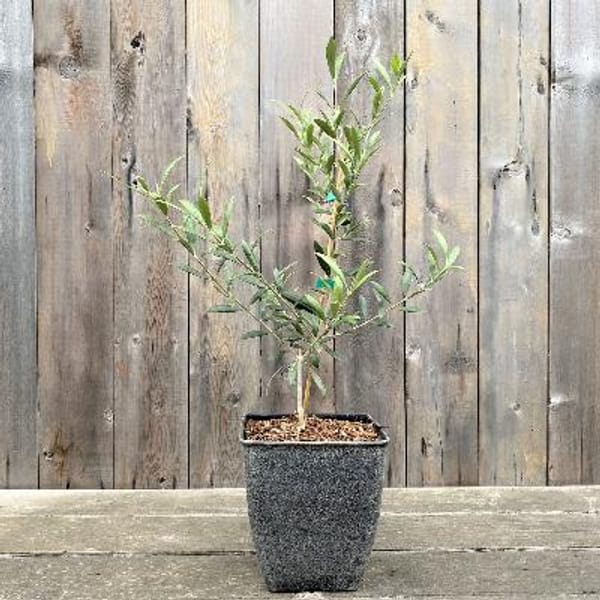- This pre-planted Skylark Olive tree makes for an elegant patio piece for your yard.
- Skylark dwarf olive tree is a great selection for growers looking for a nearly fruitless olive tree that will stay compact and provide your space with silvery evergreen foliage.
- Height at maturity: 6'-12' *Trees can be kept to any height with pruning.
- Hardy to 15°F
- Best for Zones 8-11
- For Zones 4-7, you can grow this tree in a pot and bring it indoors for the winter.
Click here for our Olive Tree Growing Guide (pdf)
Lee nuestra guia aqui: Cuidado del arbol de Olivo










